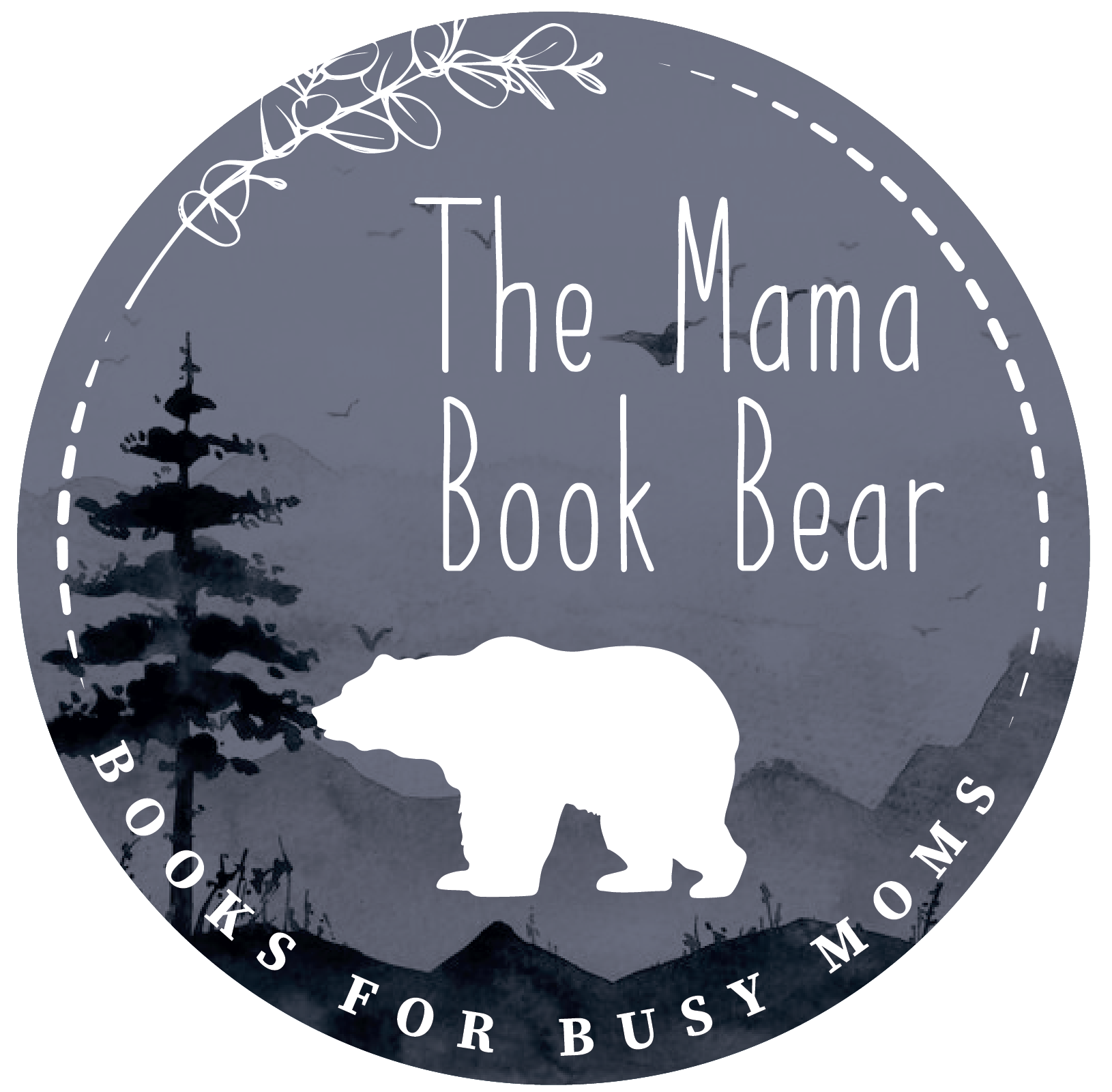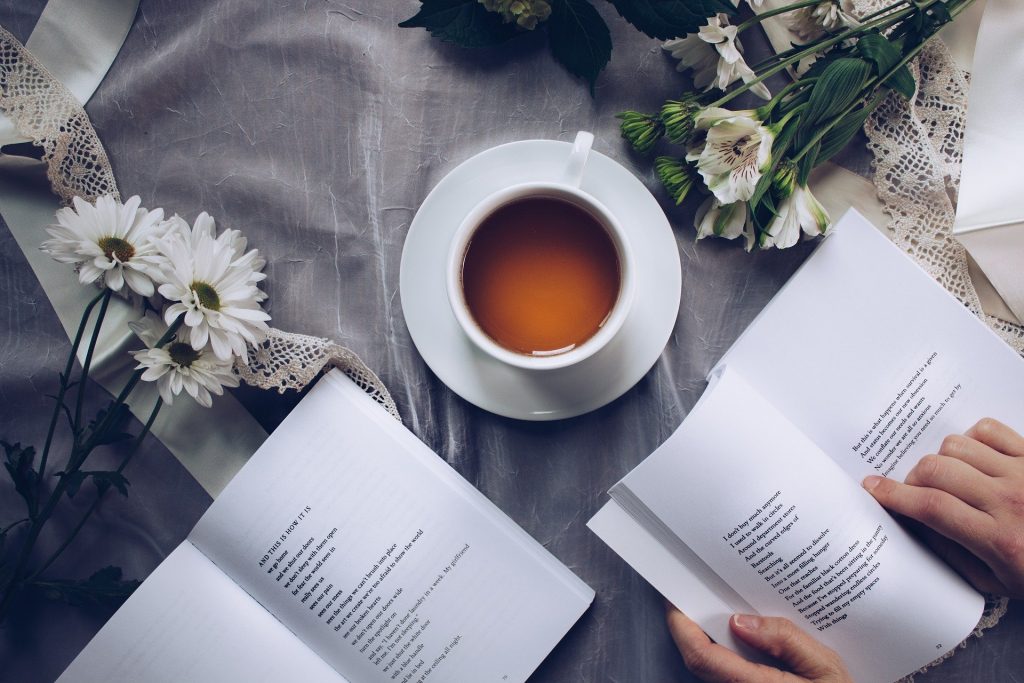Some of you might be wondering how I come up with my ratings at the end of each review. Well, I thought it might be a good idea to take a closer look at the rating rubric I use to come up with my ratings. The rating rubric is applied to every book I read and determines how I develop my ratings. The different categories include, plot, writing, characters, and ending. Each category has five possible scores with the worst at a score of zero and the best at a score of five.
Plot
Within the category about plot, I consider if the story makes sense. Are there plot holes? Is it confusing? Or is it a gripping, page-turner that has me up late at night? A moderate plot may have one or two plot holes, but it makes sense overall. However, it is predictable and unoriginal. For my review of Where the Crawdads Sing by Delia Owens, I gave it a moderate rating because I felt that there were some plot holes.
Writing
Within the writing category, I take a closer look at the author’s writing style. For an excellent review, the writing must flow well. I don’t feel caught up on how a sentence doesn’t make sense or how the author uses the same word twice in one page. Most importantly, the writing transports me. I feel I’m in a new place. Especially if I feel lost in another world completely, such as in good fantasy or science fiction writing, then I know it is excellent writing. For example, Where the Crawdads Sing, I gave it an excellent rating in the writing category because it was beautiful writing, almost poetic. On the other hand, poor writing is confusing, disjointed, and unentertaining. My favorite writing is that of White Oleander by Janet Fitch and Lolita by Vladimir Nabokov. I would describe their writing styles as eating your favorite dessert without ever feeling full.
Characters
The next category I consider is characters. The people who inhabit a book make or break the story. The characters need to be personable, genuine, and original. While reading, I should be able to pick out a character that I relate to, otherwise, I may find it difficult to read the rest of the book. At the other end of the spectrum, poor characters are irrational, unlikeable, and possess unredeemable qualities. Their actions are questionable at best, confusing at worst. A great character sticks with me long after I’ve finished the book and I can often imagine how they would act in a certain situation. Their qualities are admirable. In my review of Where the Crawdads Sing, I gave it an excellent rating for characters. I loved the main character and her love interest, as well as the quirky side characters.
Ending
The final category I consider is the ending. Did it tie up all the loose ends or does it leave me hanging? An exceptional ending is one that feels satisfying. It is cohesive. A moderate ending might leave me with a few questions, but overall, I feel that it was satisfying. A weak ending is one that might be predictable, frustrating, or confusing. I rated the ending in Where the Crawdads Sing as weak because it was unexpected, but in a bad way. I wasn’t happy with the ending, and it left me with a sour taste. A poor ending is confusing, incoherent, and unoriginal. If the ending is that bad, I’m not sure if the rest of the book was that good.
Overall Rating
In the end, I add up the ratings in all four categories and see where they fall on my rating list. So, zero to four points is a one star, five to nine points is two stars, ten to 13 points is three stars, 14 to 16 is four stars, and 17 to 20 points is five stars. I believe it should be difficult for a book to earn a higher rating, which is why the span between ratings decreases as the numbers go up.
My Rubric
These four categories certainly aren’t the only categories by which to rate a book, but they are the qualities that I consider the most important in how I develop my ratings. Take a look at my rubric below if you’re curious!
| Excellent (5) | Moderate (3) | Weak (2) | Poor (1) | |
| Plot | – It is cohesive, makes sense- Gripping, a page-turner- Thought-provoking- Stands alone | – Cohesive, but not thought-provoking- Predictable- One or two small plot holes | – Cohesive, but not gripping- Several plot holes and contrivances | – Confused- Unfocused- Meandering- Plots holes abound |
| Writing | – Flow, it does not feel disjointed- Varying, it does not use the same descriptors- Transports readers | – Flows, but it is not varying- Relatively boring- Functional, not beautiful | – Grammatical problems- Redundant- Meandering- Some confusing parts- Boring | – Incoherent- Mostly confusing- Unentertaining- Disjointed |
| Characters | – Relatable- Personable- Genuine- Likable- Understand motives- Original | – Unoriginal, but still interesting- Likable, but unrealistic- Motives are confused | – Shallow- Difficult to understand motives- Stereotypical- Unrealistic | – Irrational- Unable to understand motives- Unable to relate- Unlikable- Unredeemable qualities |
| Ending | – Ties everything up, no unanswered questions- Satisfying- Cohesive | – One or two unanswered questions- Undeserved cliffhanger- Satisfying, but not necessarily cohesive | – Predictable- Sequel bait- Unnatural and felt misled-The conclusion came out of left-field-Convenient for the author, confusing for the audience | – Confusing- Unoriginal- Incoherent- Based on plot contrivances |
If you enjoyed How I Develop My Ratings, be sure to share it! You can follow me on Facebook, Instagram, Pinterest, and Twitter. You might also like my article, The Story Behind the Blog. It’s about how I started this blog and why.


Leave a Reply